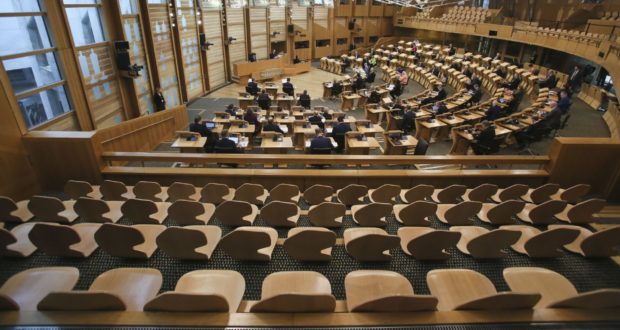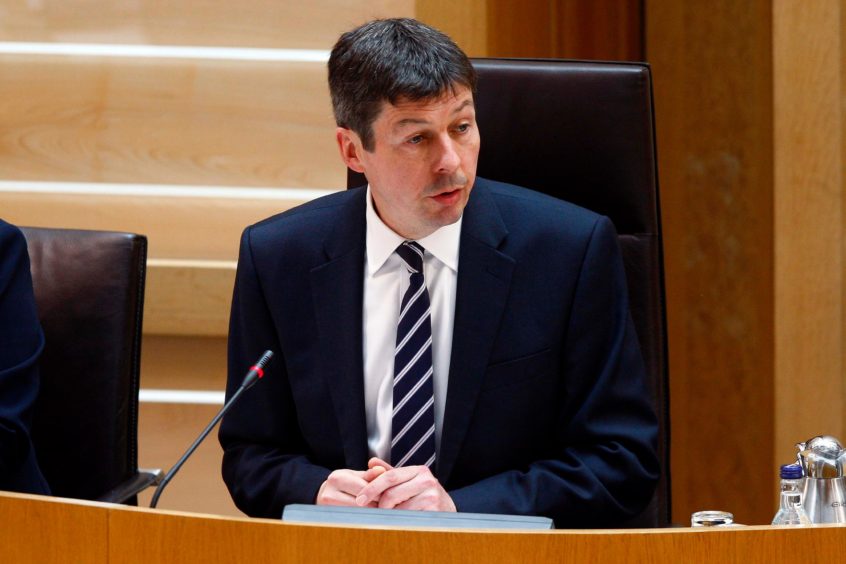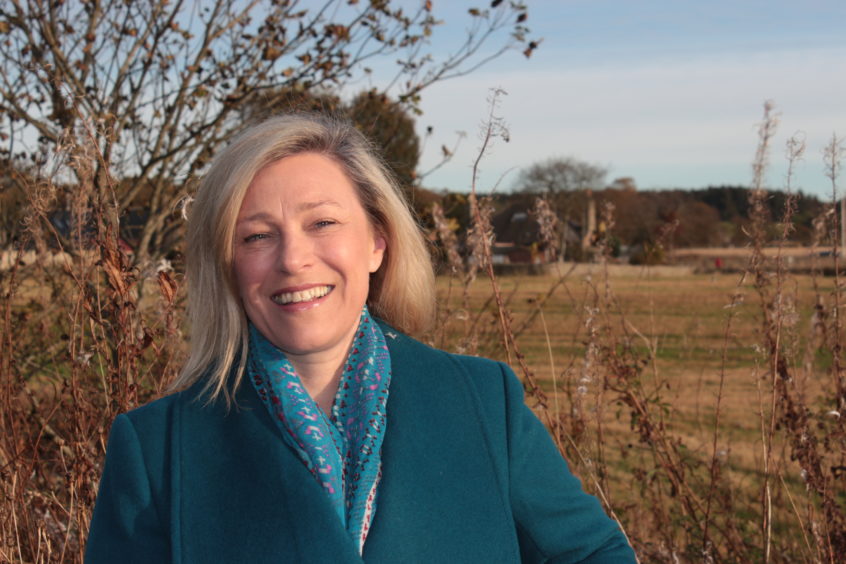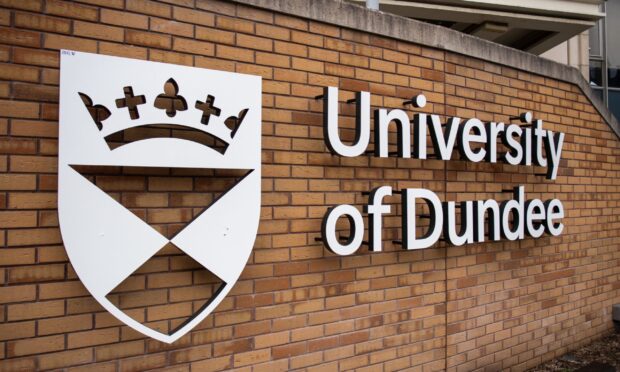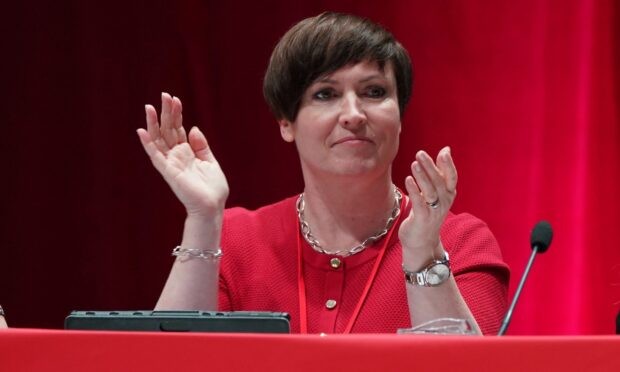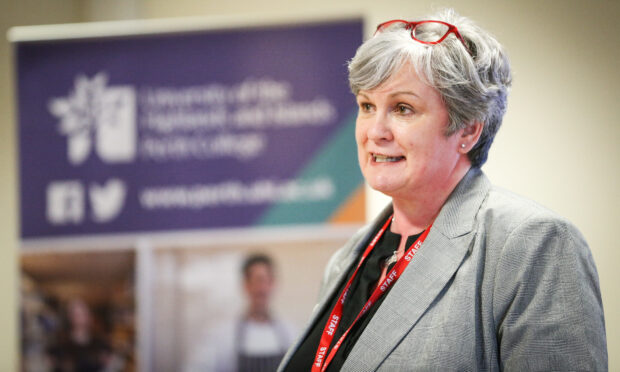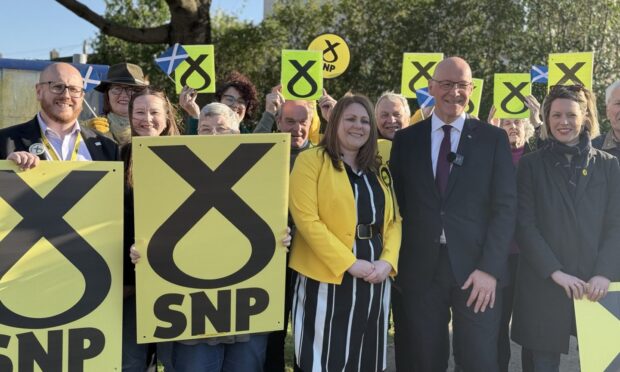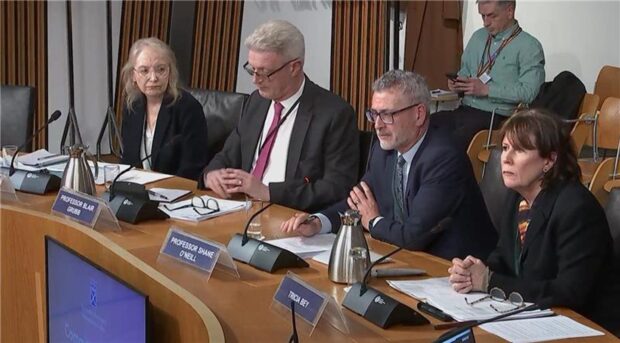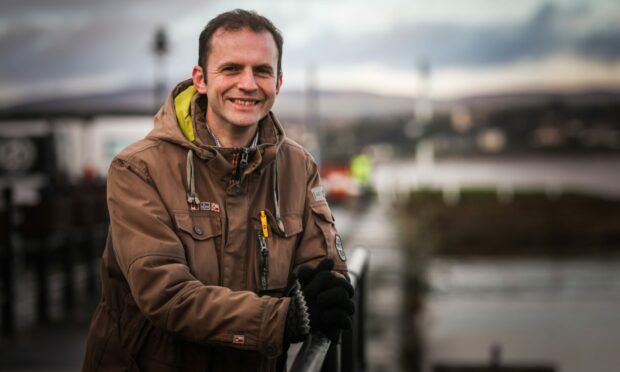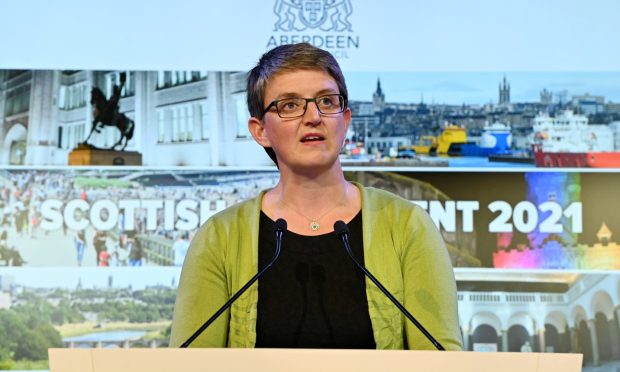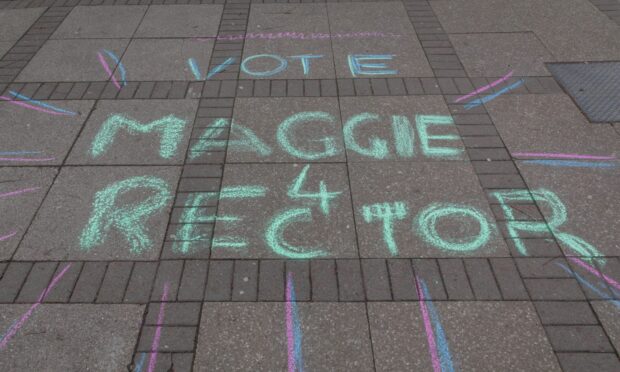The Scottish Parliament could begin “virtual working” as soon as Thursday with party leaders given the chance to quiz the First Minister on the government’s response to the coronavirus outbreak, it has been revealed.
Calls have been made for the parliament to consider remote working in a bid to protect staff while allowing members to continue scrutiny of the Scottish Government during the public health crisis.
Plans are moving forward to hold a leaders’ virtual question time on Thursday, where party leaders will be given the opportunity to question the First Minister on her government’s response to the crisis.
It follows a meeting of the parliamentary bureau, who have been busy in recent weeks examining and testing a range of options for virtual working.
An email by Presiding Officer Ken Macintosh, which was circulated to colleagues, said “very encouraging progress” has been made to introduce digital working.
He added: “It is hoped that we would be able to hold the first of these sessions on Thursday of this week and, all being well, I would then want to open this up in subsequent weeks to include questions from all members.”
Scotland’s Constitution Secretary Mike Russell said on Sunday there were challenges regarding holding digital meetings at the parliament and creating a virtual version of Holyrood “would require a huge technological step and it may take some time to come into place”.
Politicians have welcomed the move, with Scottish Conservative leader Jackson Carlaw claiming it will make an “intriguing, if unusual, First Minister’s Questions”.
And, once the coronavirus pandemic is over, we can all look forward to locking horns in the flesh once again.
Jackson Carlaw, Scottish Conservative leader
He said: “The Scottish Parliament is pretty modern as it is, and this is a welcome development under the circumstances.
“We all have to be responsible and stay at home where possible, so digital working will allow that to continue and for government ministers to be scrutinised.
“It will certainly make for an intriguing, if unusual, First Minister’s Questions.
“And, once the coronavirus pandemic is over, we can all look forward to locking horns in the flesh once again.”
Remote working: A nod to the future?
Aberdeenshire East MSP Gillian Martin has suggested the move to digital working should be embraced by the parliament, even once the public health crisis is over.
The issue of remote working fell under the spotlight earlier this year after SNP MSP Gail Ross, who represents Caithness, Sutherland and Ross, announced she intends to step down at the 2021 Holyrood election because she wants to watch her son grow up.
The politician had asked the Standards, Procedures and Public Appointments Committee if there is any possibility that members could video in to meetings and remote vote but was told the current voting system does not have the “technical capabilities” to support the practice.
Ms Martin said: “Scrutiny and a chance to get answers directly from the government is more vital than ever, but the size of the challenges we face and the distance that some MSP’s have to travel from their constituencies would simply not be wise with current government advice and so it is great to see that being reflected by the parliament.
“Utilising the technology readily available is a great step forward and could mean we are able to perform the parliamentary aspect of our roles more easily during the crisis and put constituency concerns directly to ministers without putting people at risk.
“My hope is that when we come out of this, we don’t lose some of that good work.
“Having proven that people can work smarter using technology, we might opt not to revert to all the old ways of working when the emergency is over.”
The parliamentary bureau has also considered proposals to establish a new short-life committee focused specifically on the Scottish Government’s response to Covid-19.
It follows a proposal by Scottish Labour’s Anas Sarwar to create a new committee with a maximum of 17 MSPs, led by a politician from an opposition party.
In his email, Mr Macintosh said it is important to give “detailed consideration” to the proposed remit of such a committee to ensure that it “complements rather than overlaps” the work of existing committees, some of which have already started work in this area.
The committee would hear evidence from witnesses including health workers, scientists, trade unions, companies, charities and others involved in the response to Covid-19.
